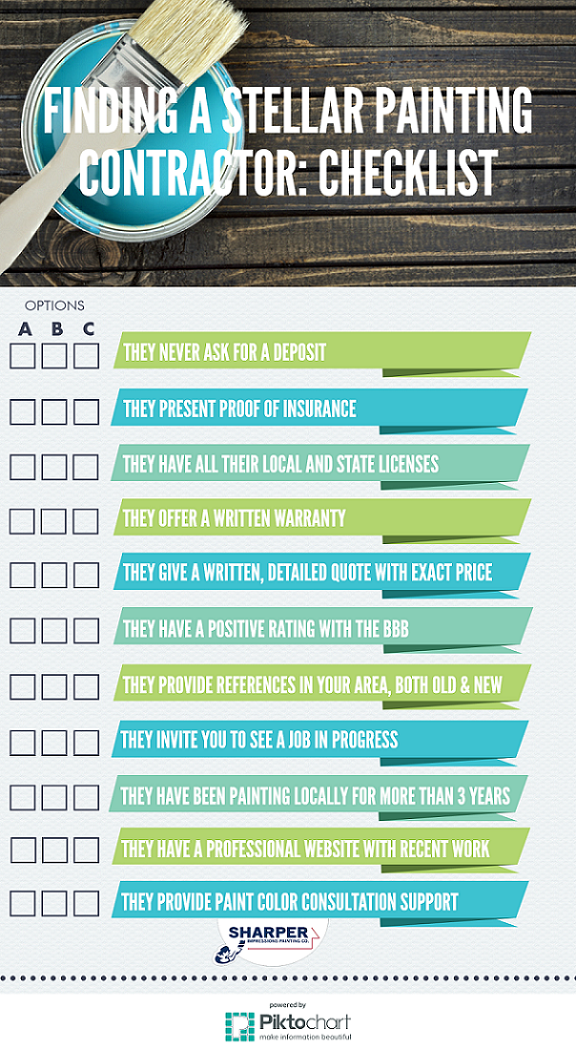Recognizing Seasonal Influences On Commercial Outside Painting: Crucial Expertise For Success
Recognizing Seasonal Influences On Commercial Outside Painting: Crucial Expertise For Success
Blog Article
Short Article Author-Burnham Bagger
When you're preparing a business outside painting project, seasonal factors can make or damage your results. You'll want to think about just how temperature and moisture impact paint application and drying times. Selecting the best period can ensure your paint sticks effectively and lasts much longer. Yet which periods are truly the best for this sort of job? Let's explore the crucial elements that can impact your task's success.
The Influence of Temperature Level on Paint Application
When you're intending a commercial external painting task, the temperature level can substantially impact how well the paint sticks and dries out.
Preferably, you intend to paint when temperatures vary in between 50 ° F and 85 ° F. If it's too chilly, the paint might not heal properly, resulting in issues like peeling or breaking.
On the other hand, if it's as well hot, the paint can dry also swiftly, preventing appropriate bond and causing an irregular coating.
You must also think about the moment of day; early morning or late afternoon uses cooler temperature levels, which can be extra positive.
Always check the supplier's referrals for the particular paint you're utilizing, as they typically supply guidance on the optimal temperature level array for ideal results.
Humidity and Its Result on Drying Times
Temperature isn't the only ecological aspect that affects your commercial outside paint job; humidity plays a considerable function too. High humidity degrees can reduce drying out times dramatically, influencing the overall quality of your paint work.
When the air is saturated with moisture, the paint takes longer to treat, which can bring about problems like inadequate bond and a greater risk of mold growth. If https://local-painters-near-me82604.thelateblog.com/34855081/necessary-insights-for-effortless-cooperation-with-home-painting-professionals on a particularly moist day, be prepared for extended delay times between layers.
It's vital to keep an eye on local weather and strategy as necessary. Ideally, aim for humidity degrees between 40% and 70% for optimal drying.
Maintaining https://dengarden.com/news/paint-colonial-house-black in mind ensures your task stays on track and delivers a lasting coating.
Best Seasons for Commercial Outside Painting Projects
What's the best time of year for your industrial external paint projects?
Spring and very early autumn are commonly your best options. During how to get dried latex paint out of brushes , temperature levels are moderate, and humidity levels are usually lower, developing ideal problems for paint application and drying.
Avoid summer's intense heat, which can create paint to dry too rapidly, causing inadequate bond and coating. Similarly, wintertime's cool temperatures can hinder appropriate drying and curing, taking the chance of the durability of your paint job.
Aim for days with temperatures between 50 ° F and 85 ° F for optimum results. Remember to inspect the regional weather report for rain, as wet problems can ruin your project.
Planning around these factors ensures your paint job runs efficiently and lasts much longer.
Conclusion
In conclusion, preparing your business exterior paint projects around seasonal factors to consider can make a considerable distinction in the end result. By scheduling job during the suitable temperatures and moisture degrees, you'll make sure much better bond and drying times. Keep in mind to keep an eye on local weather forecasts and select the correct time of year-- springtime and early autumn are your best choices. Taking these steps will certainly aid you attain a resilient and specialist surface that lasts.
